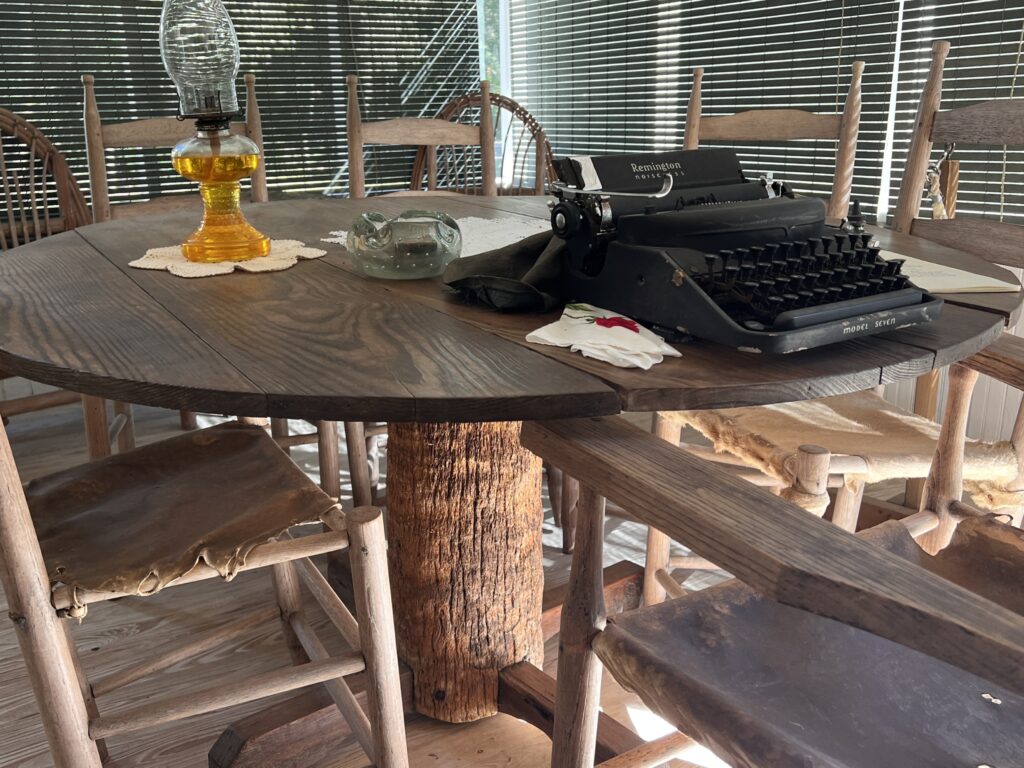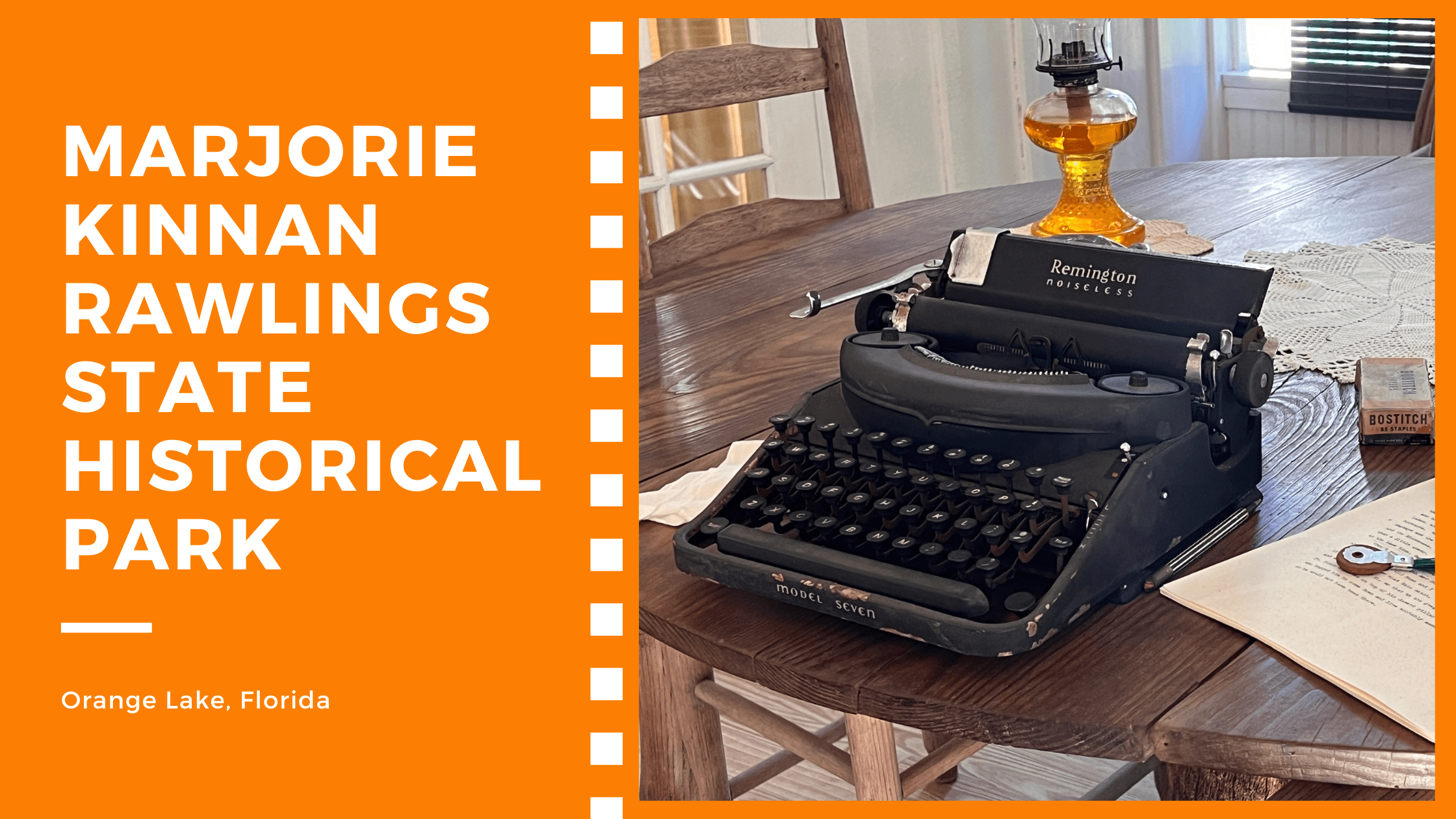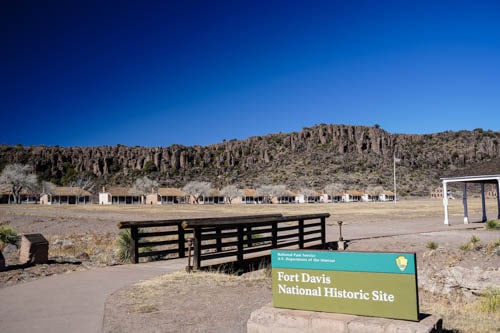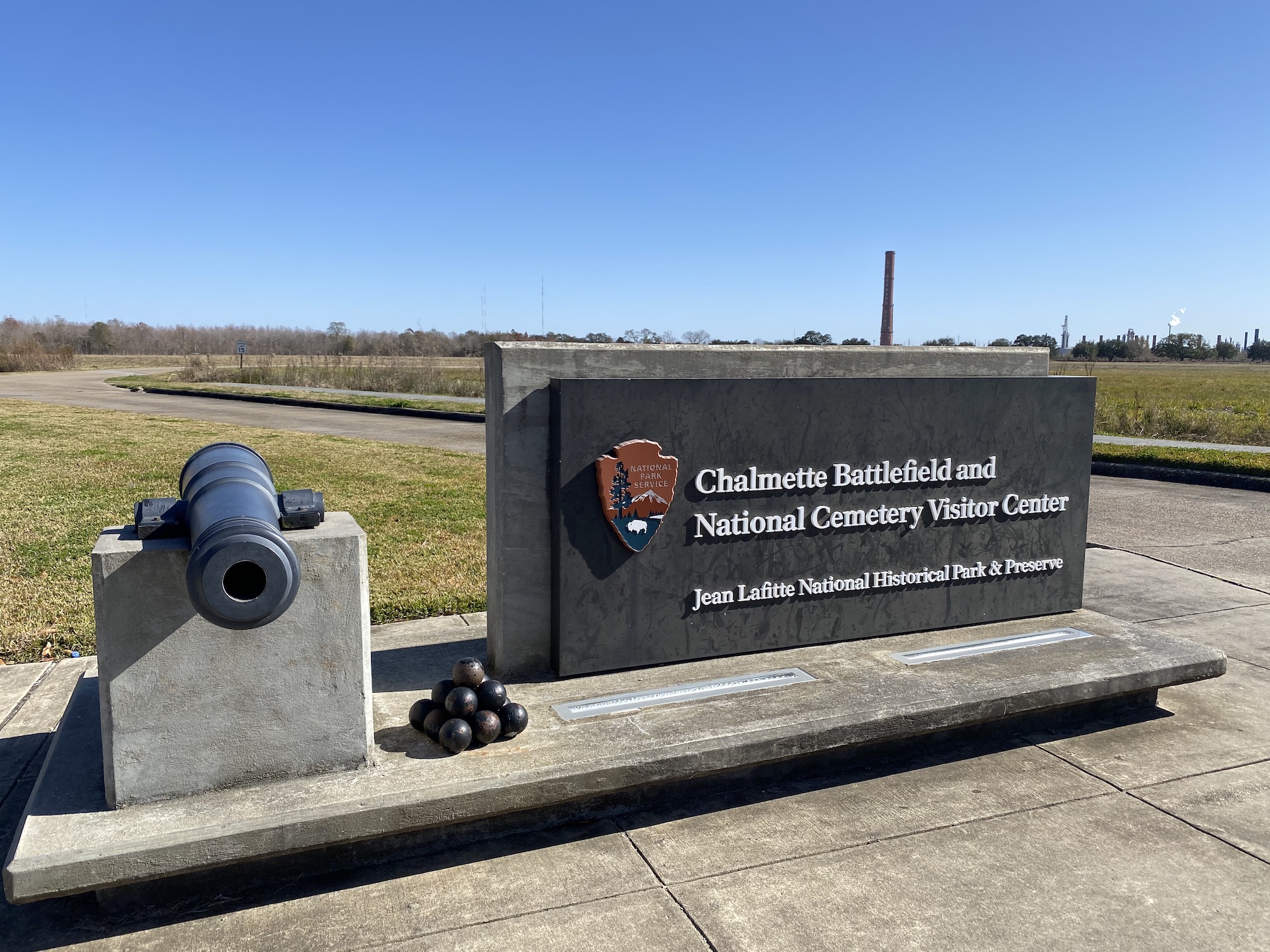Nestled along the shores of Orange Lake in central Florida rests the home of Pulitzer Prize-winning author Marjorie Kinnan Rawlings. Her cracker-style home and farm have been carefully restored and preserved as it was when she lived here. It was here, sitting on the front porch, where she wrote “The Yearling” (which won the Pulitzer Prize) and “Cross Creek” among others. “Cross Creek” was her memoir of the community in which she lived. The community gets its name from the thin waterway that flows between Orange Lake with Lake Lochloosa.
Disclosure: Some links on our site are affiliate links. If you purchase a linked item, we will make a commission, at no extra charge to you.
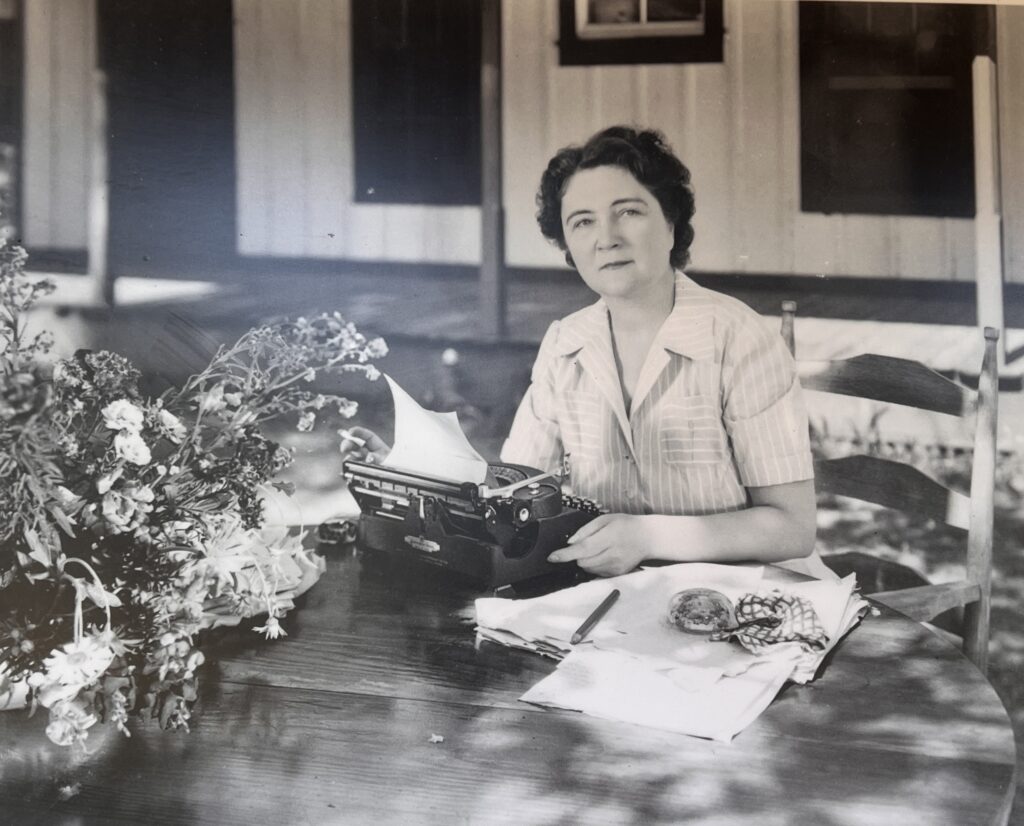
Marjorie Kinnan Rawlings Move to Florida
I came to Cross Creek with such a phobia against snakes that a picture of one in teh dictionary gave me what Martha calls “the-all-overs.” I had the common misconception that in Florida they were omnipresent. I thought, “if anything defeats me, sends me back to urban civilization, it will be the snakes.
Cross Creek, 1942
In March of 1928, Marjorie and her then-husband Charles wanted to take a break from their busy lives in Rochester, New York. They traveled to Florida to visit Charles’ brothers in Island Grove, a mere four miles from where they would eventually buy land. As soon as they got here, the aroma of citrus in bloom, sunshine, and landscape was too much for the pair to resist. When they returned to Rochester, it wasn’t long before they felt that moving to Florida and operating an orange grove was a good way to spend their lives.
They eventually found a 72-acre orange grove here, in Cross Creek. The property had 1,600 citrus trees, 800 pecan trees, cows, chickens, a barn filled with farm equipment, and a tenant house. All of this is in addition to the property’s main house. With a purchase price of $14,400, which Marjorie paid half from an inheritance and mortgaged the other half, they thought they were buying a turnkey operation. Sadly, this wasn’t the case. The house was in horrible condition, the land needed worked, and unlike what they were used to was very remote.
Ants in the house seem to be, not intruders, but the owners.
Cross Creek, 1942
Renovations & Expanding the Property
But Marjorie Kinnan Rawlings came to love the house and property despite the condition. As she described it in “Cross Creek”, the house “sat snugly then as now under the tall, old orange trees, and had a simple grace of line, low rambling, and one storied”. It is the same as many late nineteenth-century houses built in the southeast. Typically called Cracker-style houses, they rest about two feet off the ground on concrete blocks to allow ventilation underneath. Windows on the exterior of each room are large and provide cross ventilation in the days before air conditioning. When the main house was constructed in the 1880s, it was built as a two-room cabin with a dog run between them. A dog run is an open hallway extending through the house from porch to porch. Marjorie closed in the dog run and converted the two front rooms into one large one.

Two small bedrooms were added to the original house in the 1890s. Around 30 years later, in 1920, a dining room and kitchen wing was added, as well. The last addition was in 1925 with an additional two-bedroom wing. These last two additions were recycled from nearby farms when they were moved to the site and attached to the main house with outdoor porches and extensions of the roof. Marjorie also added a carport to the side of the house. Something that was probably a sight to behold in rural Florida at the time.
Another building of note on the property is the tenant’s house. While it is not the original two-story house that Marjorie Kinnan Rawlings had while living there, it is period-correct and provides a glimpse into the accommodations of those who worked for her. When Marjorie and her first husband divorced in 1933, she relied on hired hands to help manage her 72-acre orange grove and farm. As these workers came and went, they lived in the tenant’s house. Two of her favorites were Martha and Will Mickens. They were so beloved by her that when she died in 1953 she willed the tenant house to them as a life estate. This meant they could live here until their deaths. And that’s exactly what they did. Martha lived there until her death in 1960 and Will until his death in 1964. Another former tenant was Idella Parker, who Marjorie described as the “perfect maid”. Idella worked for her for 10 years and visited the State Park several times up until her death in 2015 at age 101. She would share her knowledge of the placement of Marjorie’s things to make the tour as accurate as possible.
Touring Marjorie Kinnan Rawlings’ Home
The tour is a great look into life in depression-era rural Florida. The stories surrounding Marjorie Kinnan Rawlings as she wrote and managed an orange grove all as a single (at times) woman in the American South. You’ll step into her house and back in time as you see her furniture and your tour guide tells of the good and bad times. See the room where many of her famous friends would stay while visiting her. People like Ernest Hemingway, Robert Frost, and Margaret Mitchell, to name a few.
See Marjorie Kinnan Rawling’s Home on our YouTube Channel
Don’t forget to subscribe while you’re there to “Join the Journey”
How can I take a tour?
There is a $3 per vehicle fee but the tour is free (at the time of writing). Although donations are accepted. Guided tours of the farmhouse are available Thursday through Sunday at 10 am, 11 am, 1 pm, 2 pm, and 3 pm. The house is usually closed from August 1 through September 30 for cleaning and maintenance.
Where is the park located?
Marjorie Kinna Rawlings Historic State Park is located in Cross Creek, Florida at 18700 South County Rd. 325. It is approximately 100 miles north of Orlando, 19 miles southeast of Gainesville, and about 90 miles southwest of Jacksonville.
What else should I include in my trip?

Make sure you grab a bite to eat at The Yearling Restaurant. While this restaurant is not associated with Marjorie Kinnan Rawlings, it was inspired by her book “The Yearling”. This eclectic restaurant is part bookstore, part cocktail lounge, and part library. The food is very good and make sure you grab a slice of the sour orange pie. But get there early before they run out.
11 miles away is the quaint town of Micanopy. The main street of this little town’s charm is undeniable. You can’t help but relax as you walk down tree-lined streets as the Spanish moss hangs from the branches. It was also a filming location for the 1991 movie Doc Hollywood.
